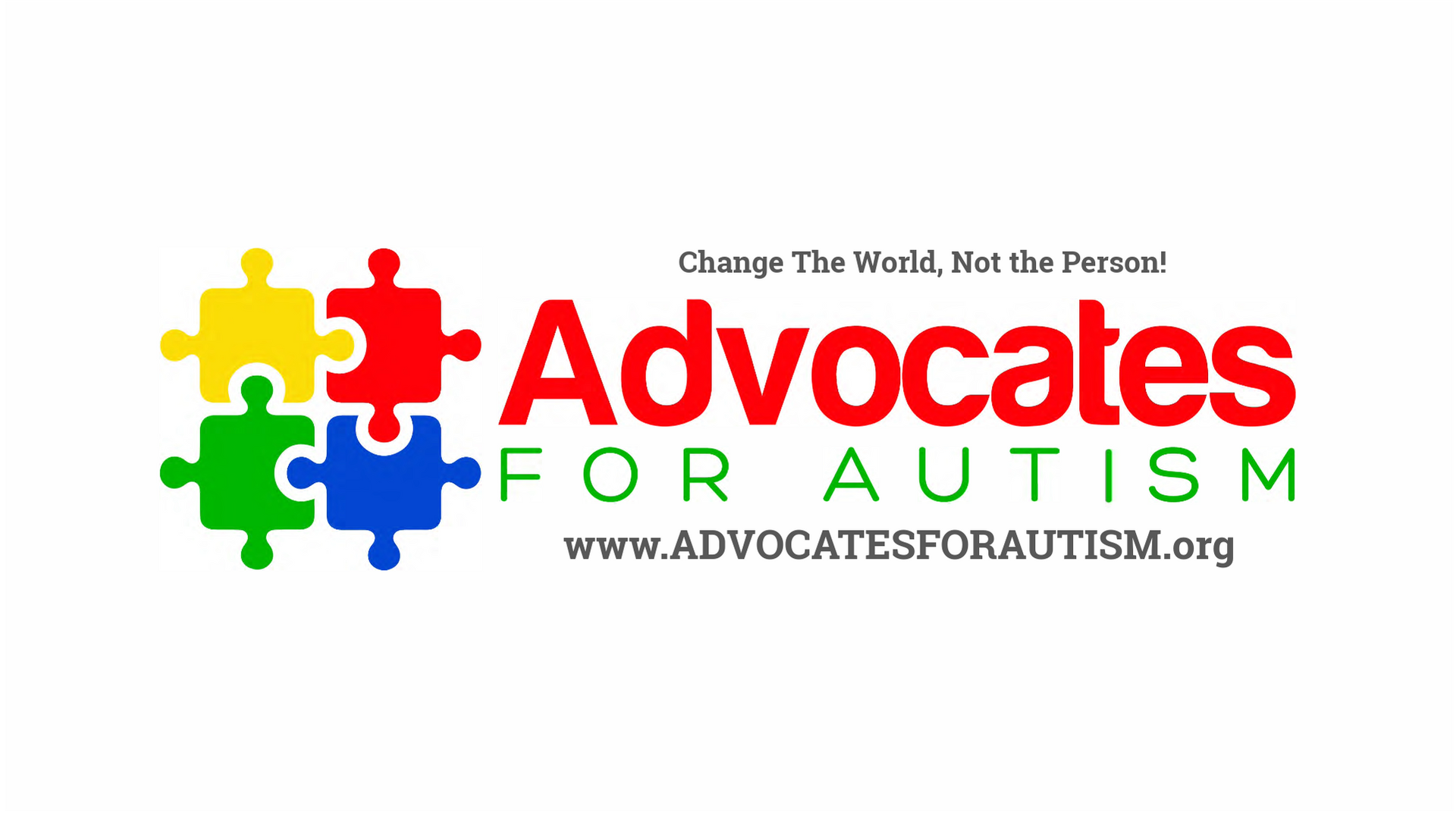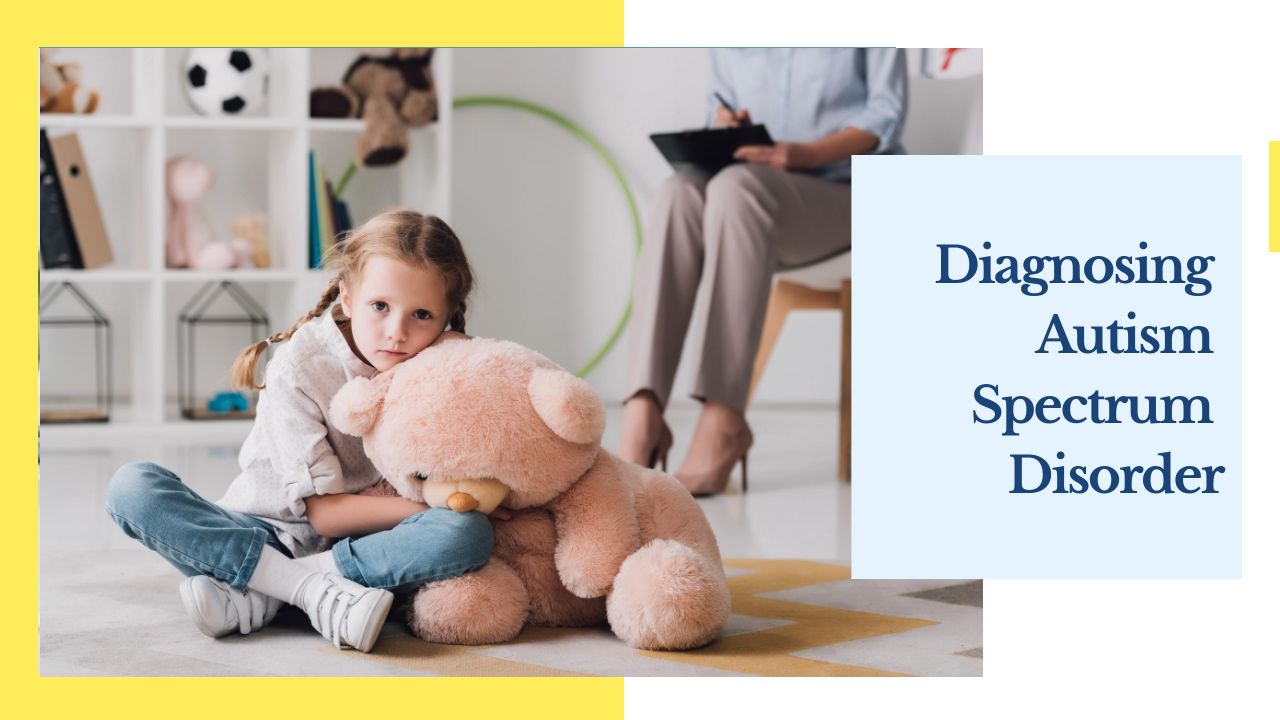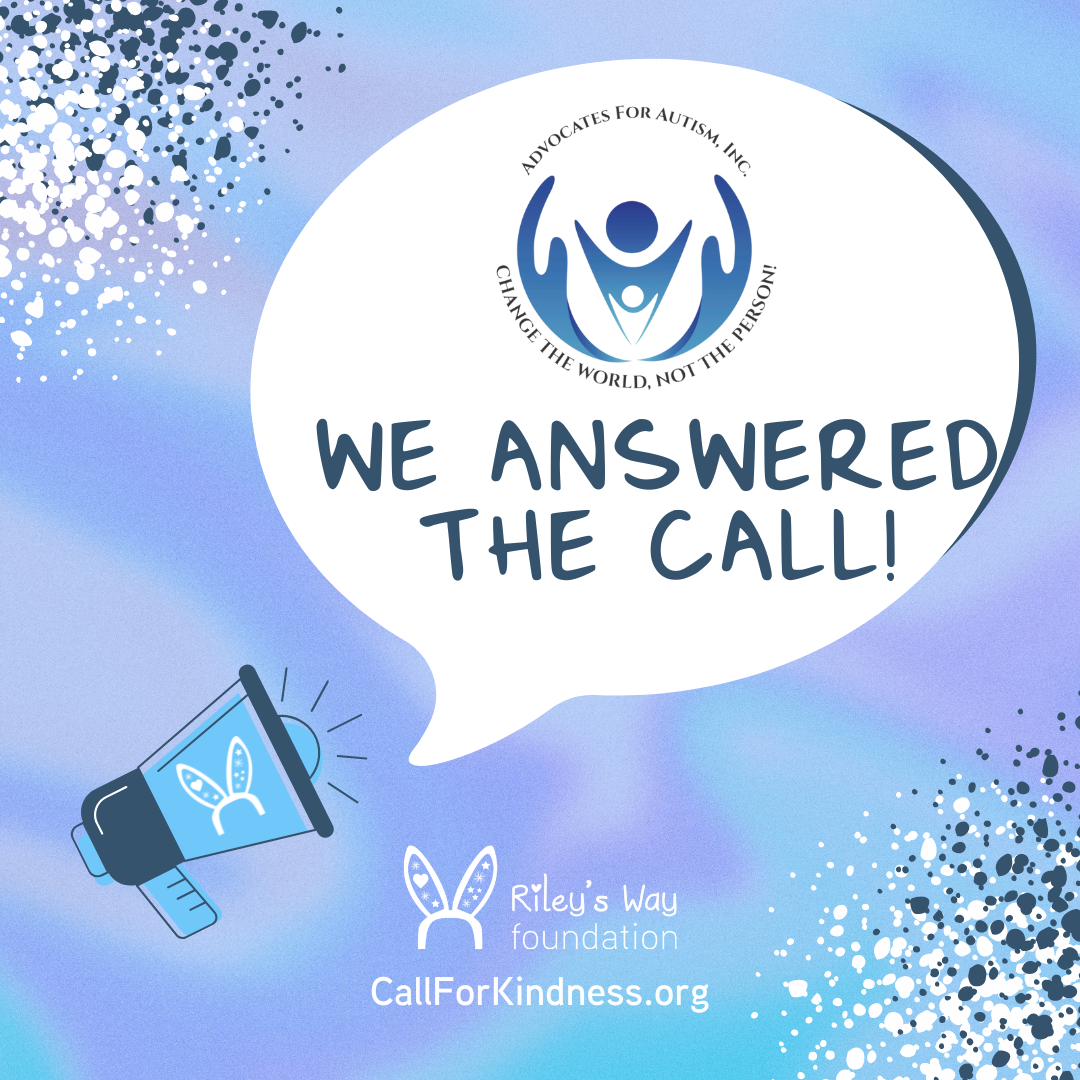Diagnosing Autism Spectrum Disorder

Did you know? There's a new way to DIAGNOSE Autism Spectrum Disorder!
The Fifth Edition of the Diagnostic and Statistical Manual of Mental Disorders (DSM-5) was released at the American Psychiatric Association’s Annual Meeting in May 2013. ASPERGER'S Disorder no longer is a Diagnosis all its own. The symptoms must meet these criteria now. See below.
Must meet criteria A, B, C, and D:
A. Persistent deficits in social communication and social interaction across contexts, not accounted for by general developmental delays, and manifest by all 3 of the following:
- Deficits in social-emotional reciprocity; ranging from abnormal social approach and failure of normal back and forth conversation through reduced sharing of interests, emotions, and affect and response to total lack of initiation of social interaction,
- Deficits in nonverbal communicative behaviors used for social interaction; ranging from poorly integrated- verbal and nonverbal communication, through abnormalities in eye contact and body- language, or deficits in understanding and use of nonverbal communication, to total lack of facial expression or gestures.
- Deficits in developing and maintaining relationships, appropriate to developmental level (beyond those with caregivers); ranging from difficulties adjusting behavior to suit different social contexts through difficulties in sharing imaginative play and in making friends to an apparent absence of interest in people
B. Restricted, repetitive patterns of behavior, interests, or activities as manifested by at least two of the following:
- Stereotyped or repetitive speech, motor movements, or use of objects; (such as simple motor stereotypies, echolalia, repetitive use of objects, or idiosyncratic phrases).
- Excessive adherence to routines, ritualized patterns of verbal or nonverbal behavior, or excessive resistance to change; (such as motoric rituals, insistence on same route or food, repetitive questioning or extreme distress at small changes).
- Highly restricted, fixated interests that are abnormal in intensity or focus; (such as strong attachment to or preoccupation with unusual objects, excessively circumscribed or perseverative interests).
- Hyper-or hypo-reactivity to sensory input or unusual interest in sensory aspects of environment; (such as apparent indifference to pain/heat/cold, adverse response to specific sounds or textures, excessive smelling or touching of objects, fascination with lights or spinning objects).
C. Symptoms must be present in early childhood.
D. Symptoms together limit and impair everyday functioning.
There are also 3 “Severity Levels”
Level 3: ‘Requiring very substantial support’
Severe deficits in verbal and nonverbal social communication skills cause severe impairments in functioning; very limited initiation of social interactions and minimal response to social overtures from others.
Preoccupations, fixated rituals and/or repetitive behaviors markedly interfere with functioning in all spheres. Marked distress when rituals or routines are interrupted; very difficult to redirect from fixated interest or returns to it quickly.
Level 2: ‘Requiring substantial support’
Marked deficits in verbal and nonverbal social communication skills; social impairments apparent even with supports in place; limited initiation of social interactions and reduced or abnormal response to social overtures from others.
RRBs and/or preoccupations or fixated interests appear frequently enough to be obvious to the casual observer and interfere with functioning in a variety of contexts. Distress or frustration is apparent when RRB’s are interrupted; difficult to redirect from fixated interest.
Level 1: ‘Requiring support’
Without supports in place, deficits in social communication cause noticeable impairments. Has difficulty initiating social interactions and demonstrates clear examples of atypical or unsuccessful responses to social overtures of others. May appear to have decreased interest in social interactions.
Rituals and repetitive behaviors (RRB’s) cause significant interference with functioning in one or more contexts. Resists attempts by others to interrupt RRB’s or to be redirected from fixated interest.
What if One Size does not fit all?
Does your child fit the new criteria? Or if you are an adult with ASD, do you? What if those with Asperger’s Syndrome do NOT meet the new criteria above, as I suspect many with Asperger’s won't then what are their options?
Try these diagnoses on for size:
- A 05 Social Communication Disorder
- T 00 Borderline Personality Disorder
- T 02 Avoidant Personality Disorder
- T 04 Antisocial Personality Disorder
These are just a sampling. See
http://www.dsm5.org for more information.











